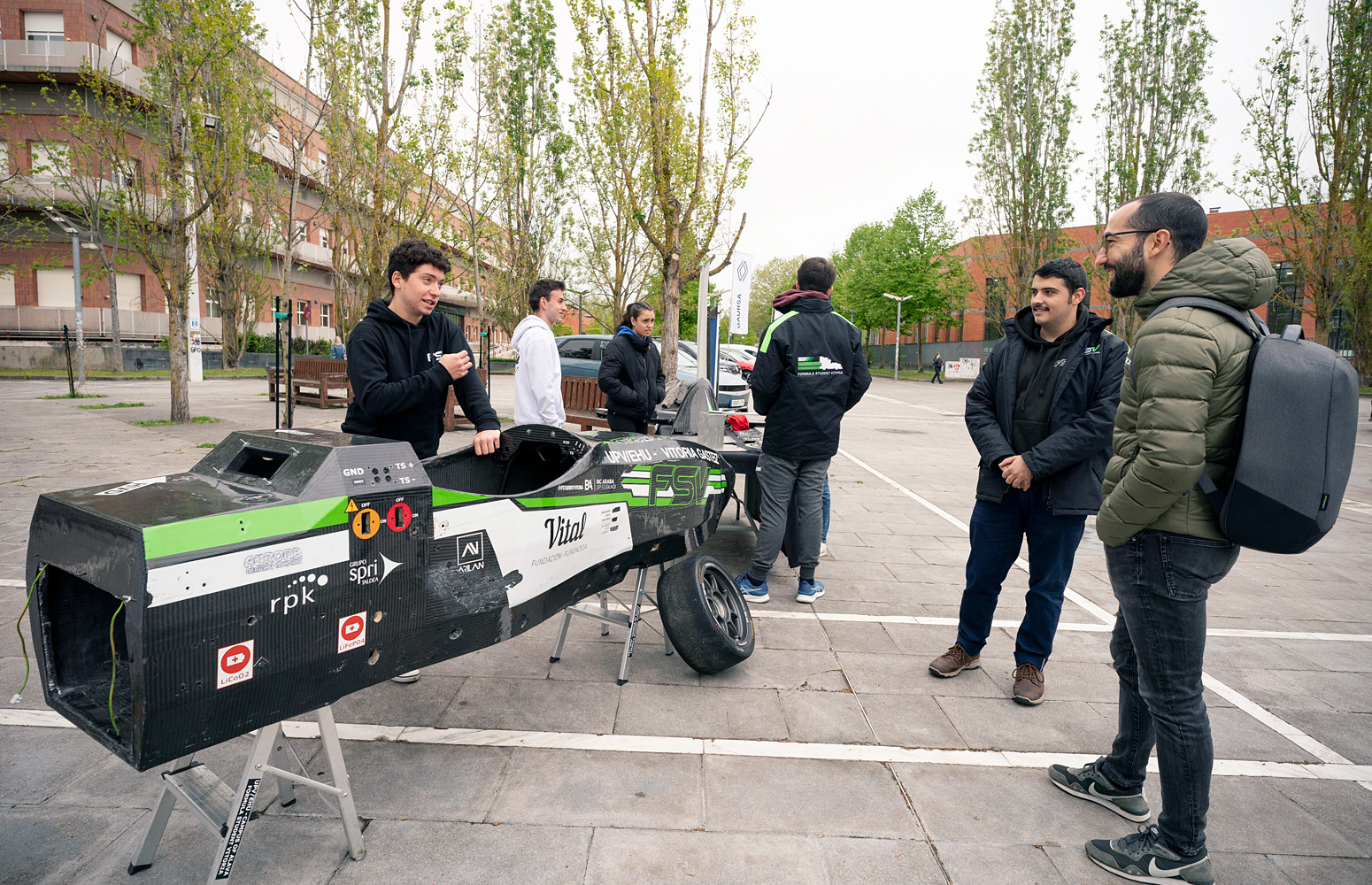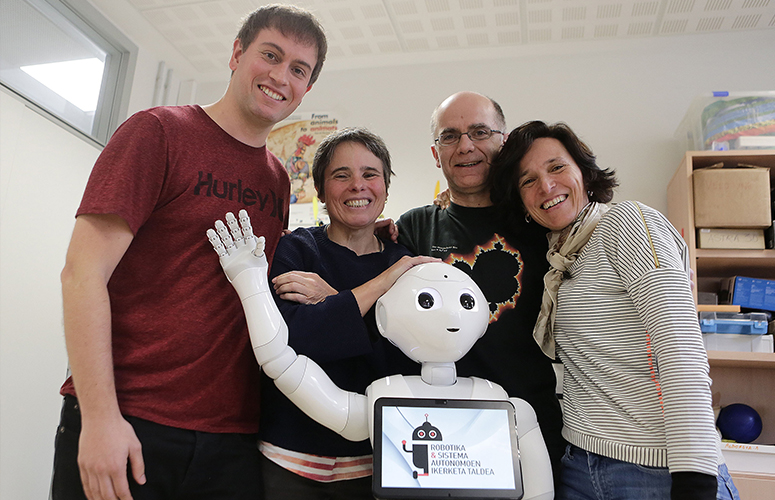The RSAIT research group of the UPV/EHU-University of the Basque Country has come up with an approach to enable social robots to adopt more natural body language when talking. Researchers in the group have used Generative Adversarial Networks (GANs) to generate new movements so that the robot will learn, and they have confirmed by means of statistical analyses that the robot makes more natural, more spontaneous movements than with other systems.
-

In memoriam: Arturo Muga
-
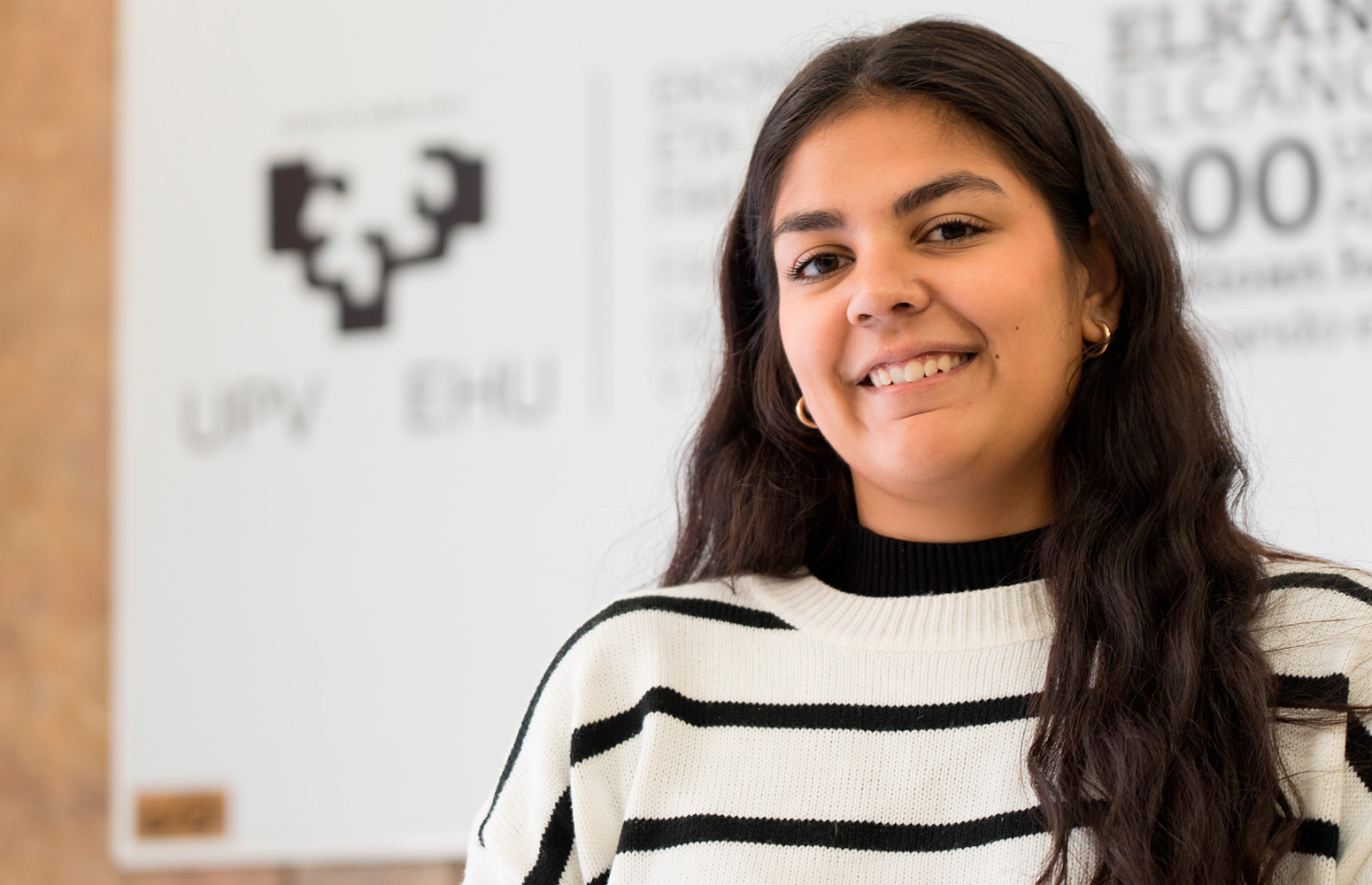
Violeta Pérez Manzano: «Nire ahotsa ijito bakar batengana iristen bada eta horrek inspiratzen badu, helburua bete dut»
-
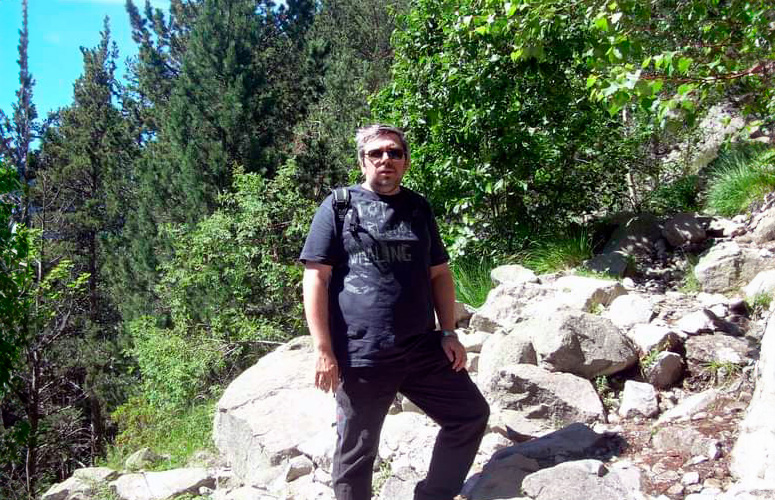
In memoriam: German Gazteluiturri Fernández
-

Azukrea eta edulkoratzaileak. Zer jakin behar dut?
-
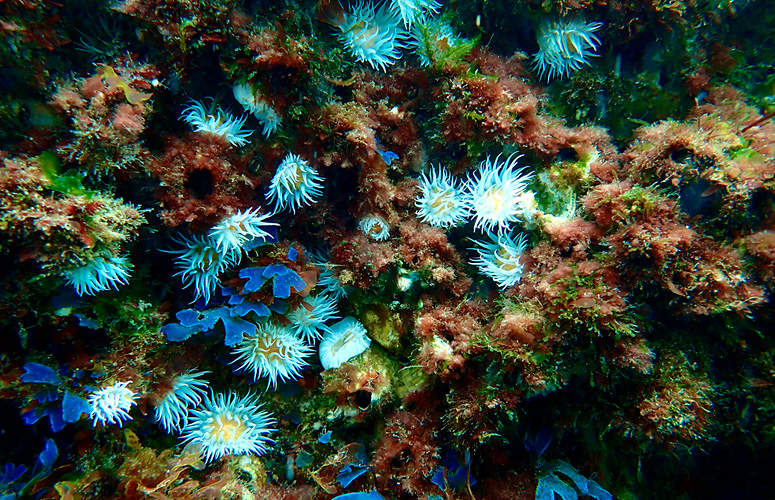
Itsasoaren gainazalaren tenperatura-igoerak aldaketa sakonak eragin ditu makroalgen komunitateetan
Success in getting a UPV/EHU humanoid robot to make more spontaneous talking gestures
By using GAN networks to further social robotics, there has been success in getting a robot to make more spontaneous, more natural movements when talking
- Research
First publication date: 10/04/2019
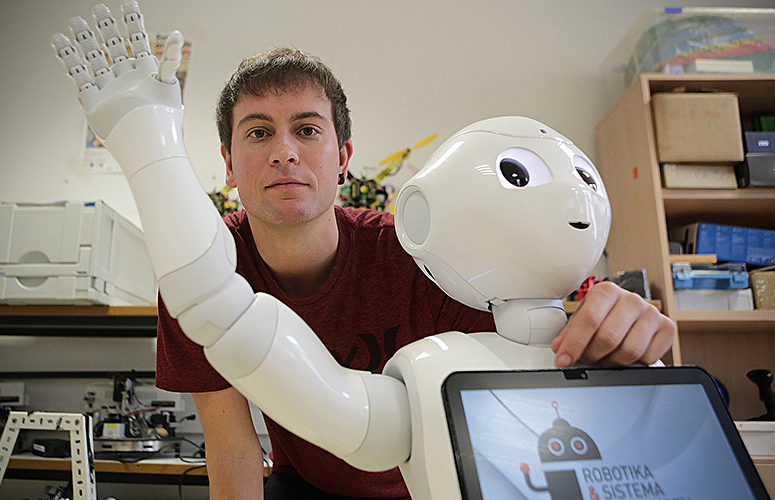
In the field of social robotics there is an increasing demand for robots that behave in a way similar to humans with the aim of improving human-robot interaction. Speech plays an essential role in this as do spontaneous gestures made when talking, because the meaning of the words is reinforced and emotions are reflected by means of non-oral gesticulation. “Until now, whenever we got the robot to talk, it randomly produced previously recorded movements; it had very limited spontaneity so we decided to create new movements, in other words, so that the robot would learn from the data or movements we had available and would be capable of creating new movements when talking,” explained Igor Rodriguez, researcher in the Robotics and Autonomous Systems research group at the UPV/EHU’s Faculty of Informatics.
Deep neuronal GAN (Generative Adversarial Network) networks were used to intensify the degree of spontaneity. As Igor Rodriguez, lead author of the work, pointed out, “networks of this type are used with images, music and voice, in particular, to generate new images, music and voices. So we decided to use them to produce new movements; these types of GANs learn from data and then they are able to imitate them, in other words, they are capable of generating new things, very similar ones but new ones, nevertheless”.
Rodriguez said that “a GAN is made up of two networks: one of the networks is generative and the other discriminative. While the generative one tries to generate things, the discriminative one, given that it has knowledge provided by real data, is capable of discerning whether or not what has been generated is real. These networks gradually evolve and in the end the generative network learns to produce new movements. We have integrated the model of this generative network into our robot’s architecture so that when it talks it generates new movements in real time”.
The research group compared the movement generating system developed with other generative approaches to quantitatively measure its degree of appropriateness. In this comparison they analysed the naturalness of the movements made by the robot through different statistical parameters: vibration of the movements, length, etc. The results revealed that “the movements generated by means of the GANs are more natural, they do not vibrate very much, and the robot makes smooth movements without major changes”, added the researcher. Some videos showing the naturalness of the robot’s behaviour have been published.
Rodriguez said that this system can be used in other types of robots; at the end of the day, “we determine the positions of the motors, and if this system has to be used in another type of robot, we would have to gather data on its movements and retrain the network”. In this piece of research they worked on the robot’s speech, “but this system can also be used to enable the robot to learn other types of movements”. In the researcher’s view, it is a small step forward in the field of social robotics.
Additional information
Igor Rodriguez (Berriz, Basque Country 1986) is a Computer Engineer, he has a Master’s in Computational Engineering and Intelligent Systems and a PhD in Computing. Right now, he works as a researcher in the Robotics and Autonomous Systems research group (RSAIT) in the Department of Computer Sciences and Artificial Intelligence of the Faculty of Informatics in Donostia-San Sebastian (UPV/EHU).
Bibliographic reference
- Spontaneous talking gestures using Generative Adversarial Networks
- Robotics and Autonomous Systems (April 2019; vol. 114: pages 57-65)
- DOI: 10.1016/j.robot.2018.11.024


